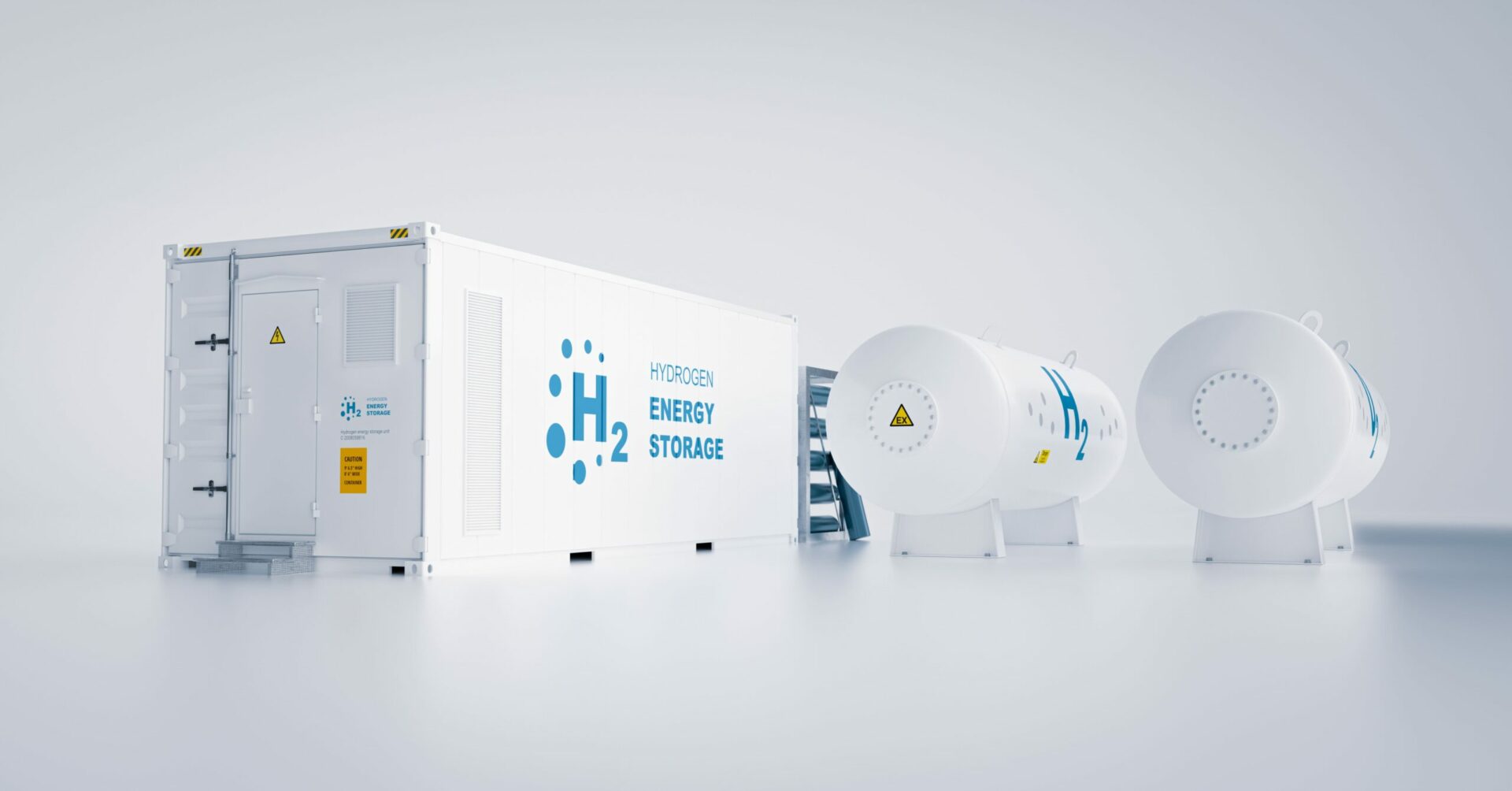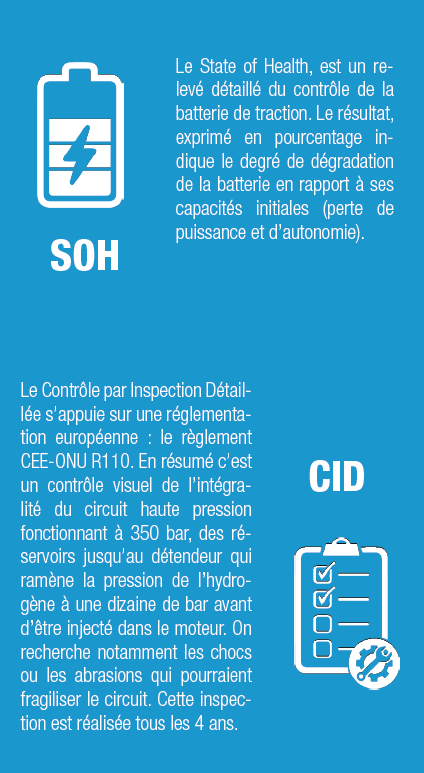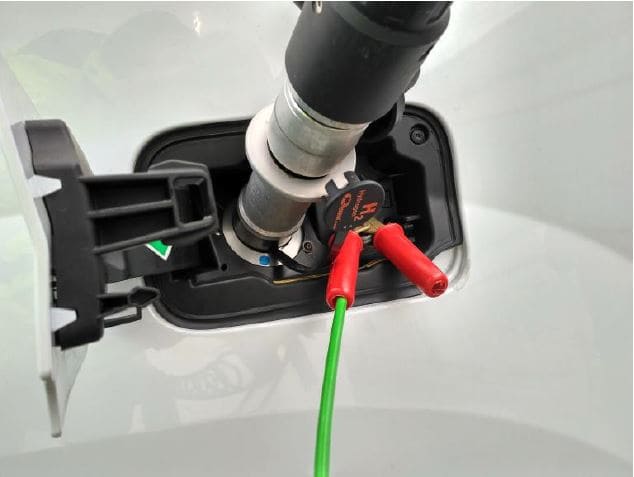
Maintaining its hydrogen bus fleet


Like any other urban mobility vehicle, the full hydrogen bus requires maintenance, both preventive and corrective. The base of the vehicle in terms of chassis, braking, compressed air and electrical network, door systems and many components is identical in every way to what is known by the profession and maintained in classic workshops found in public transport operators. But on some components, specific to hydrogen such as the fuel cell or the battery, maintenance operations are carried out by professionals in order to ensure not only the condition of the vehicle but also its safety.
The vast majority of checks and maintenance on hydrogen vehicles are carried out directly by the transport operators.


This information comes from H2Team, which offers support in all these regulatory and security procedures as well as the technical and organizational recommendations mentioned above
The usual training in vehicle discovery and maintenance enables workshop personnel to integrate them into the fleet and manage their maintenance in order to optimize equipment reliability and availability.
The specificity linked to the hydrogen energy vector is of course found in the H2 tanks, fuel cells, batteries and electric motors.
Regardless of their technology, batteries do not require any particular maintenance. Only a punctual monitoring of their state of health (the famous SOH), allows to check that they age in a uniform way at the level of the cells. On a hydrogen vehicle, their ageing is calendar and very little linked to the depth of discharge (the DOD¹), since they are only used very little, only as an energy buffer reservoir to restore additional kW during important power calls (acceleration for example) and also to recover the energy generated by the electric motor during the braking and deceleration phases.
No particular maintenance is required for the hydrogen tanks, which have a longer life than the vehicles, but require a control of their ageing, in the spirit of what is done on CNG vehicles with the CID control.
As far as the hydrogen fuel cell and distribution circuit are concerned, these are calendar or hourly checks depending on the use of the vehicles. The objective is mainly to visually check the condition of the pipes, to validate the proper functioning of the safety sensors (pressure, leakage, temperature), the coolant level and ionizing cartridge, and the filter elements. These operations can be performed by the operator after training or by the fuel cell supplier during the warranty period, for example.
(¹) The depth of discharge (DOD), expressed in %, is the ratio between the capacity already discharged and the nominal capacity of the battery. That is, the energy consumed in the battery. The state of charge (SOC), expressed in %, is the ratio between the residual capacity and the nominal capacity of the battery. This is the energy remaining in the battery. The sum of the SOC and DOD values always gives 100%.
As with other urban transport vehicles, maintenance can be carried out by the vehicle operator, or in various forms of support and task sharing with the vehicle and PAC manufacturers.
Full maintenance or tailor-made contracts can be established, allowing the operator to have full financial control of its maintenance costs over time, which is often the case when a new energy system is launched.
In the same way, the warranty periods for vehicles and different components can be adapted in order to be in phase with the maintenance policies of each operator.
SAFRA has its own intervention teams, flying doctor for expertise and diagnosis, and is developing this year its after-sales support network with a national partner in order to be as close as possible to its customers and make the vehicles more and more available.

In a world facing ever more pressing environmental issues, transition
“A stone has no hope of being anything other than
The fourth leading cause of mortality in the world, air